Home>Furniture & Design>Outdoor Furniture>What Grout To Use For Outdoor Tile
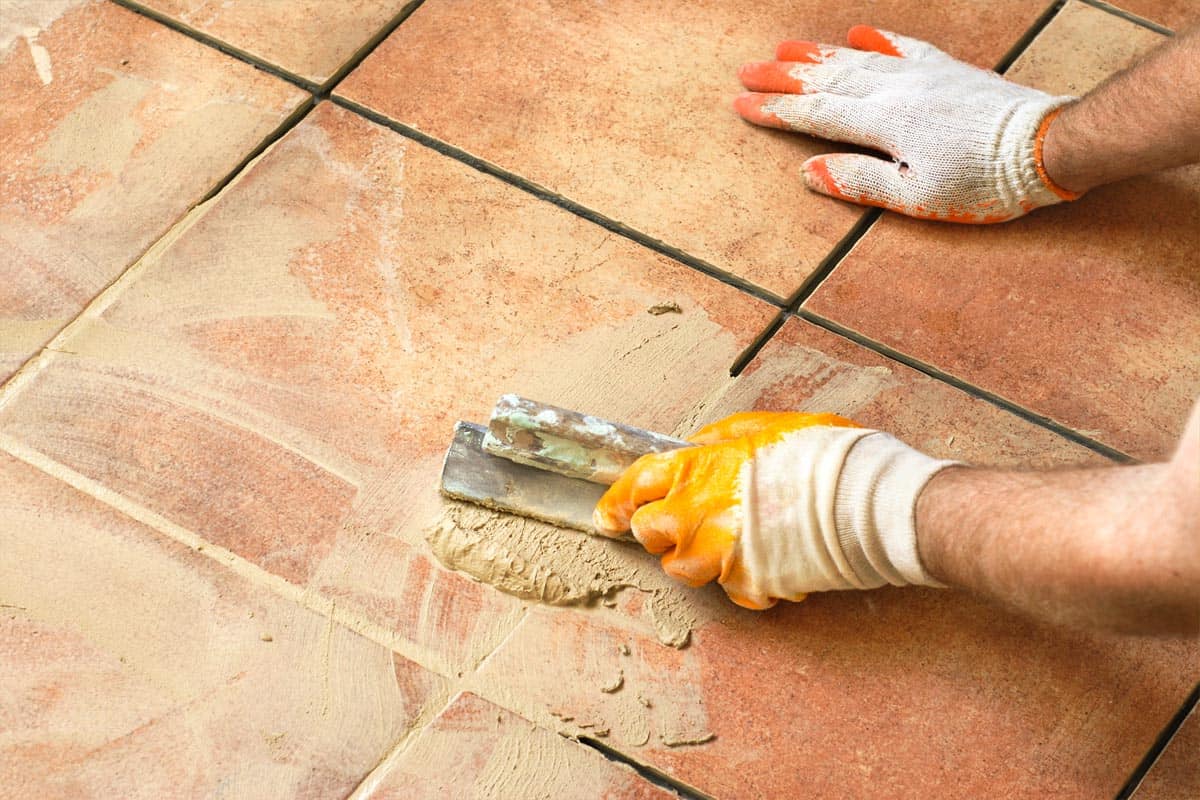

Outdoor Furniture
What Grout To Use For Outdoor Tile
Modified: January 19, 2024
Discover the best grout for outdoor tile projects to ensure long-lasting durability and aesthetic appeal. Explore our expert tips for selecting the ideal grout for your outdoor furniture and design needs.
(Many of the links in this article redirect to a specific reviewed product. Your purchase of these products through affiliate links helps to generate commission for Storables.com, at no extra cost. Learn more)
Introduction
When it comes to enhancing the aesthetic appeal of outdoor spaces, tiling is a popular choice. Whether it's a patio, deck, or garden pathway, outdoor tiles can transform a mundane area into a stylish and functional space. However, the longevity and visual impact of outdoor tiling depend not only on the quality of the tiles but also on the grout used to fill the gaps between them.
Selecting the right grout for outdoor tile installations is crucial for ensuring durability and weather resistance. Unlike indoor tiling, outdoor tiles and their accompanying grout face unique challenges, such as exposure to varying temperatures, moisture, and environmental elements. Therefore, it's essential to choose a grout specifically designed to withstand the rigors of outdoor conditions.
In this comprehensive guide, we will explore the factors to consider when choosing grout for outdoor tile, the various types of grout suitable for outdoor applications, and essential tips for using grout effectively in outdoor tiling projects. By understanding the nuances of outdoor grouting, you can elevate the longevity and visual appeal of your outdoor tiled spaces while minimizing maintenance and potential damage. Let's delve into the world of outdoor tile grouting and discover the key elements that can make your outdoor tiled areas stand the test of time.
Key Takeaways:
- Choose outdoor grout based on weather resistance, color retention, durability, stain resistance, and flexibility to ensure long-lasting and visually appealing outdoor tile installations.
- Follow best practices such as proper mixing, sealing, even application, prompt cleaning, and maintenance to optimize the grouting process for resilient and visually appealing outdoor tiled surfaces.
Read more: How To Grout Outdoor Tiles
Factors to Consider When Choosing Grout for Outdoor Tile
Choosing the right grout for outdoor tile installations involves considering several crucial factors to ensure the longevity and resilience of the tiled surface. Here are the key elements to keep in mind when selecting grout for outdoor tiles:
- Weather Resistance: Outdoor tiles and grout are constantly exposed to the elements, including rain, snow, and fluctuating temperatures. It’s imperative to choose a grout that can withstand these conditions without deteriorating. Look for grout specifically labeled as suitable for outdoor use, as they are formulated to resist moisture and temperature variations.
- Color Retention: The color of the grout can significantly impact the overall aesthetic of the outdoor tiled area. When selecting grout for outdoor tiles, opt for a product with UV-stable pigments that resist fading due to sun exposure. This ensures that the grout maintains its original color over time, preserving the visual appeal of the tiled surface.
- Durability: Outdoor tiling is subjected to foot traffic, furniture weight, and other external forces. The chosen grout should be durable enough to withstand these pressures without cracking or crumbling. Epoxy-based grouts are known for their exceptional durability and are a popular choice for outdoor tile installations.
- Resistance to Staining: Outdoor environments are prone to stains from organic debris, food spills, and other sources. To maintain the appearance of the tiled surface, select grout that is resistant to staining and can be easily cleaned without discoloration.
- Flexibility: Outdoor surfaces are susceptible to expansion and contraction due to temperature changes. Flexible grout can accommodate these movements, reducing the risk of cracks and damage to the tiled area.
By carefully considering these factors, you can make an informed decision when choosing grout for outdoor tile installations. Prioritizing weather resistance, color retention, durability, stain resistance, and flexibility will contribute to the long-term success and visual appeal of your outdoor tiling projects.
Types of Grout for Outdoor Tile
When it comes to grouting outdoor tiles, several types of grout offer specific features and benefits tailored to withstand the demands of outdoor environments. Understanding the characteristics of each type can help you make an informed choice for your outdoor tiling project. Here are the primary types of grout suitable for outdoor tile installations:
- Cement-Based Grout: Cement-based grout is a popular choice for outdoor tile applications due to its affordability and versatility. It is available in sanded and unsanded varieties, with the sanded option being ideal for wider grout joints typically found in outdoor tiling. While traditional cement-based grout offers decent durability, it may require sealing to enhance its resistance to moisture and staining.
- Epoxy Grout: Epoxy grout is highly durable and resistant to stains, making it an excellent choice for outdoor tiling in areas prone to heavy use and exposure to potential staining agents. It is also inherently water-resistant, reducing the risk of moisture-related issues. Epoxy grout is available in a wide range of colors, offering versatility in design while ensuring long-term performance in outdoor settings.
- Modified Cement Grout: Modified cement grout combines the properties of cement-based and epoxy grouts, offering improved flexibility and durability compared to traditional cement-based options. This type of grout is designed to accommodate the movement of outdoor surfaces while providing enhanced resistance to stains and weather-related deterioration.
- Urethane Grout: Urethane grout is known for its exceptional flexibility, making it suitable for outdoor tile installations exposed to temperature fluctuations. It offers superior resistance to cracking and is less prone to discoloration, ensuring that the tiled surface maintains its visual appeal over time. Urethane grout also requires minimal maintenance, making it a convenient choice for outdoor tiling projects.
Each type of grout brings distinct advantages to outdoor tiling projects, and the choice ultimately depends on the specific requirements and conditions of the installation area. By considering factors such as durability, stain resistance, flexibility, and maintenance needs, you can select the most suitable grout type to complement your outdoor tiles and enhance the longevity of the tiled surface.
Use a cement-based grout for outdoor tile as it is more durable and resistant to weather and moisture. Make sure to choose a grout that is specifically designed for outdoor use to ensure longevity and strength.
Tips for Using Grout for Outdoor Tile
Effectively using grout for outdoor tile installations involves employing best practices to ensure the durability, visual appeal, and longevity of the tiled surface. Here are essential tips to consider when grouting outdoor tiles:
- Proper Mixing: Follow the manufacturer’s instructions for mixing the grout to achieve the correct consistency. Consistently mixed grout ensures uniform color and strength, contributing to the overall quality of the grout joints.
- Sealing the Grout: Depending on the type of grout used, consider applying a high-quality grout sealer specifically designed for outdoor use. Sealing the grout provides an additional layer of protection against moisture penetration and staining, enhancing the longevity of the outdoor tiling project.
- Applying Grout Evenly: Ensure that the grout is applied evenly and thoroughly packed into the joints between the tiles. Use a grout float to press the grout into the gaps, minimizing air pockets and promoting a solid, uniform grout surface.
- Cleaning Excess Grout Promptly: After applying the grout, promptly clean the tile surfaces to remove excess grout before it hardens. Use a damp sponge to gently wipe the tiles, ensuring that the grout lines are neat and the tile surfaces remain free of grout residue.
- Protecting Grout During Curing: Shield the freshly grouted area from foot traffic, rain, and direct sunlight during the curing process. Following the manufacturer’s recommendations for curing time and environmental protection can prevent premature damage to the grout and ensure optimal strength and performance.
- Maintaining the Grout: Regularly inspect the grout joints for any signs of damage or wear. Address any issues promptly to prevent further deterioration and preserve the integrity of the outdoor tiling installation.
By adhering to these tips, you can optimize the grouting process for outdoor tiles, leading to a resilient, visually appealing, and long-lasting tiled surface. Proper mixing, sealing, application, cleaning, curing, and maintenance are essential steps in ensuring the success of outdoor grouting projects, allowing you to enjoy the beauty and functionality of your outdoor tiled spaces for years to come.
Conclusion
Grout plays a pivotal role in the success of outdoor tile installations, contributing to both the structural integrity and visual appeal of the tiled surface. By considering factors such as weather resistance, color retention, durability, stain resistance, and flexibility, you can make informed decisions when selecting grout for outdoor tile projects. Each type of grout, whether cement-based, epoxy, modified cement, or urethane, offers unique benefits suited to different outdoor tiling requirements, empowering you to choose the most suitable option for your specific project.
Implementing best practices, such as proper mixing, sealing, even application, prompt cleaning, and adequate curing and maintenance, ensures that the grout effectively complements the outdoor tiles, leading to a resilient and aesthetically pleasing installation. By following these tips and selecting the appropriate grout type, you can elevate the longevity and performance of your outdoor tiled spaces, allowing you to enjoy their beauty and functionality for years to come.
Ultimately, the careful selection and meticulous application of grout for outdoor tile installations enable you to create outdoor spaces that not only withstand the elements but also exude timeless charm and durability. With a well-chosen and well-maintained grout, your outdoor tiled areas can become inviting retreats that seamlessly blend style and functionality, enriching your outdoor living experience.
Embrace the art of outdoor grouting, and let your outdoor tiles stand as enduring testaments to craftsmanship and resilience, enhancing the allure of your outdoor environment while withstanding the trials of nature.
Frequently Asked Questions about What Grout To Use For Outdoor Tile
Was this page helpful?
At Storables.com, we guarantee accurate and reliable information. Our content, validated by Expert Board Contributors, is crafted following stringent Editorial Policies. We're committed to providing you with well-researched, expert-backed insights for all your informational needs.
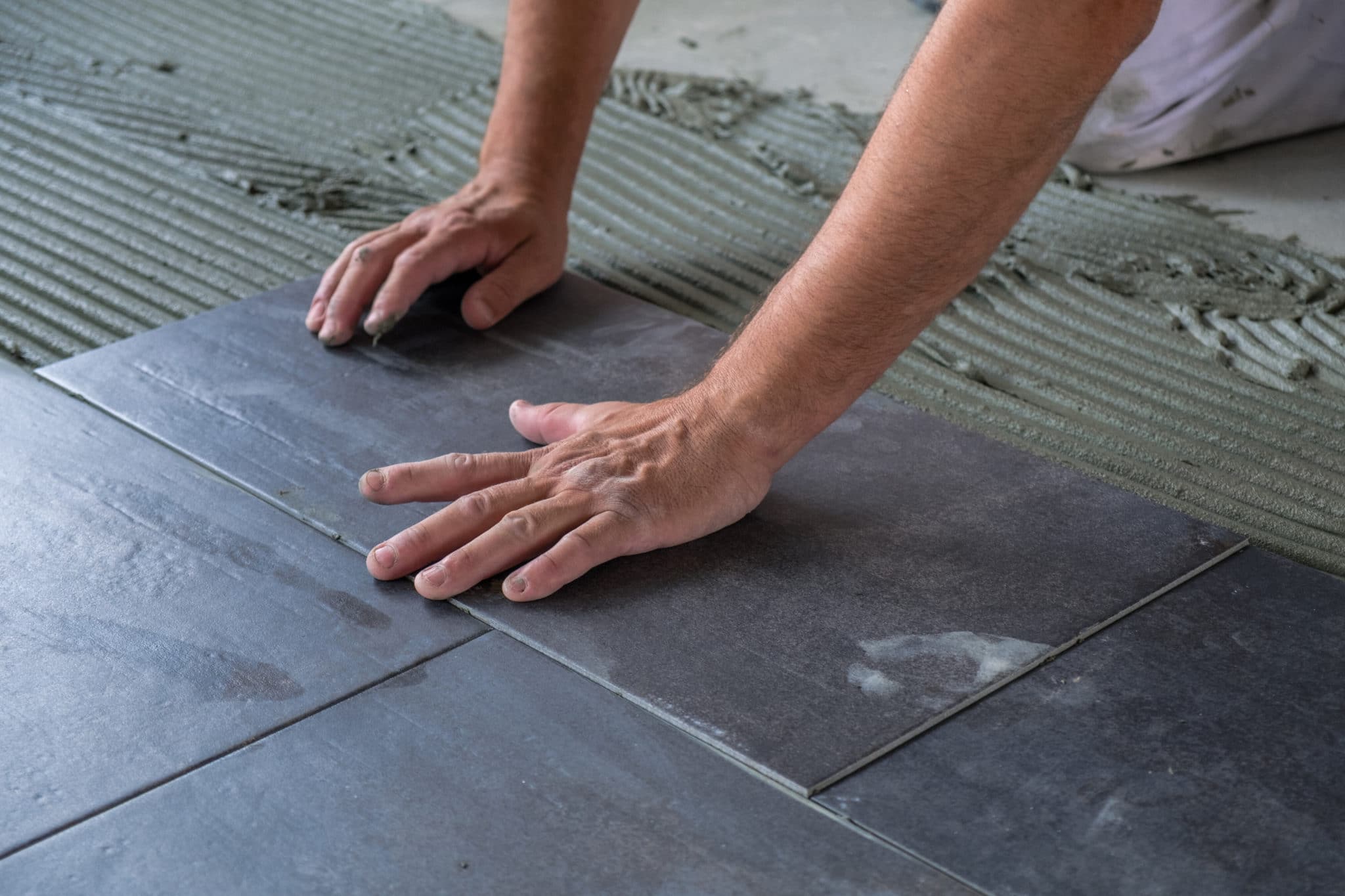
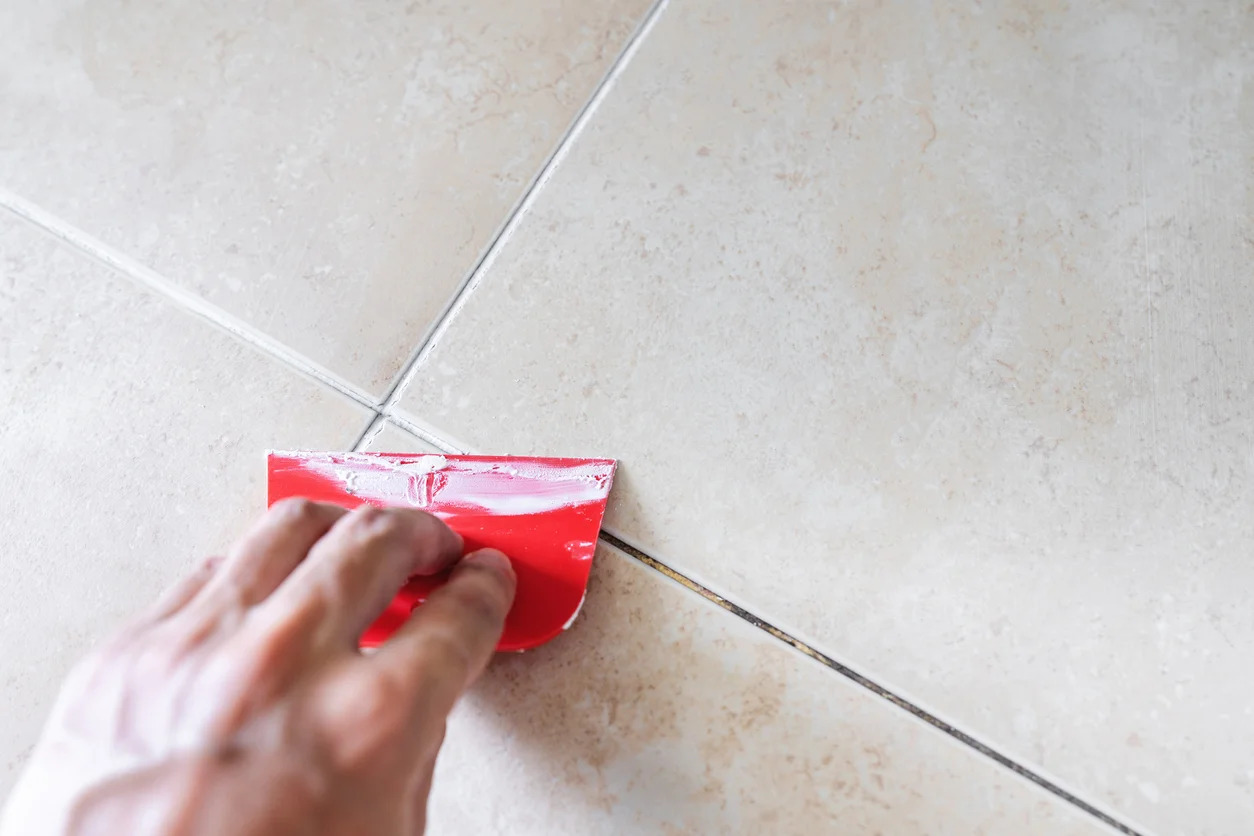
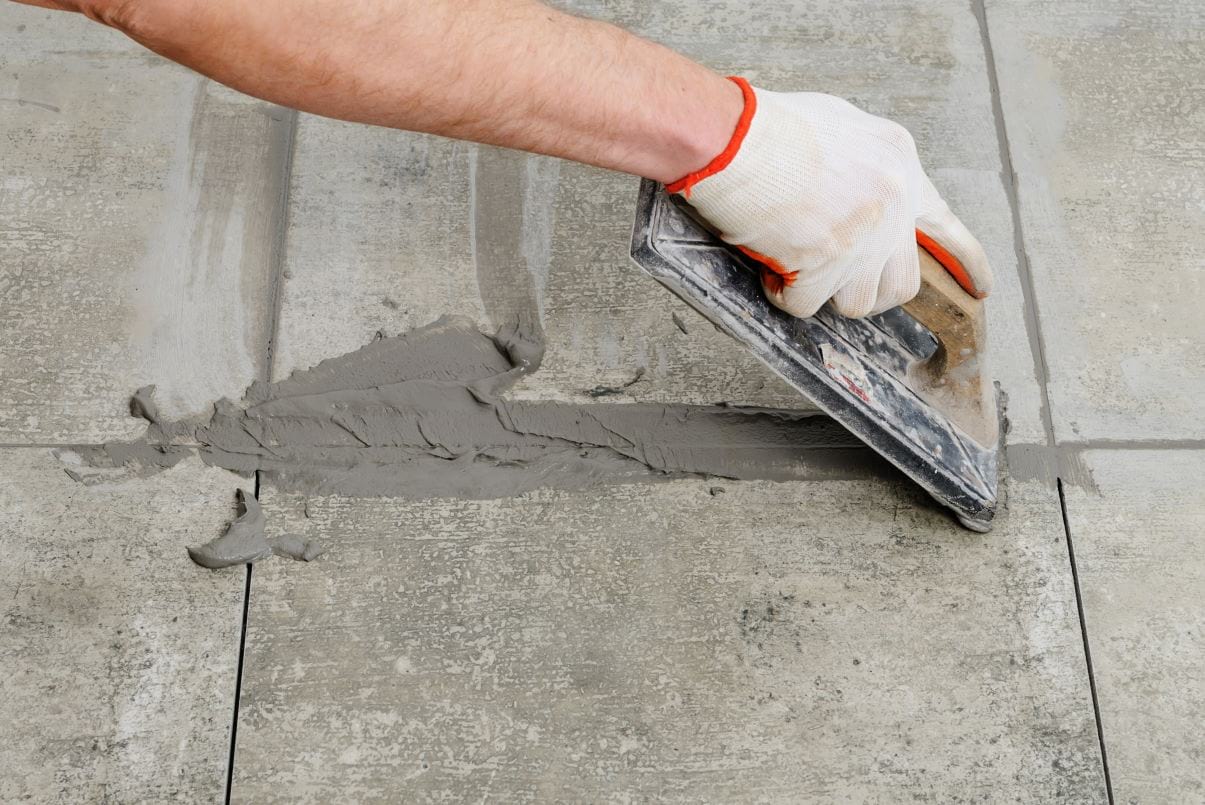
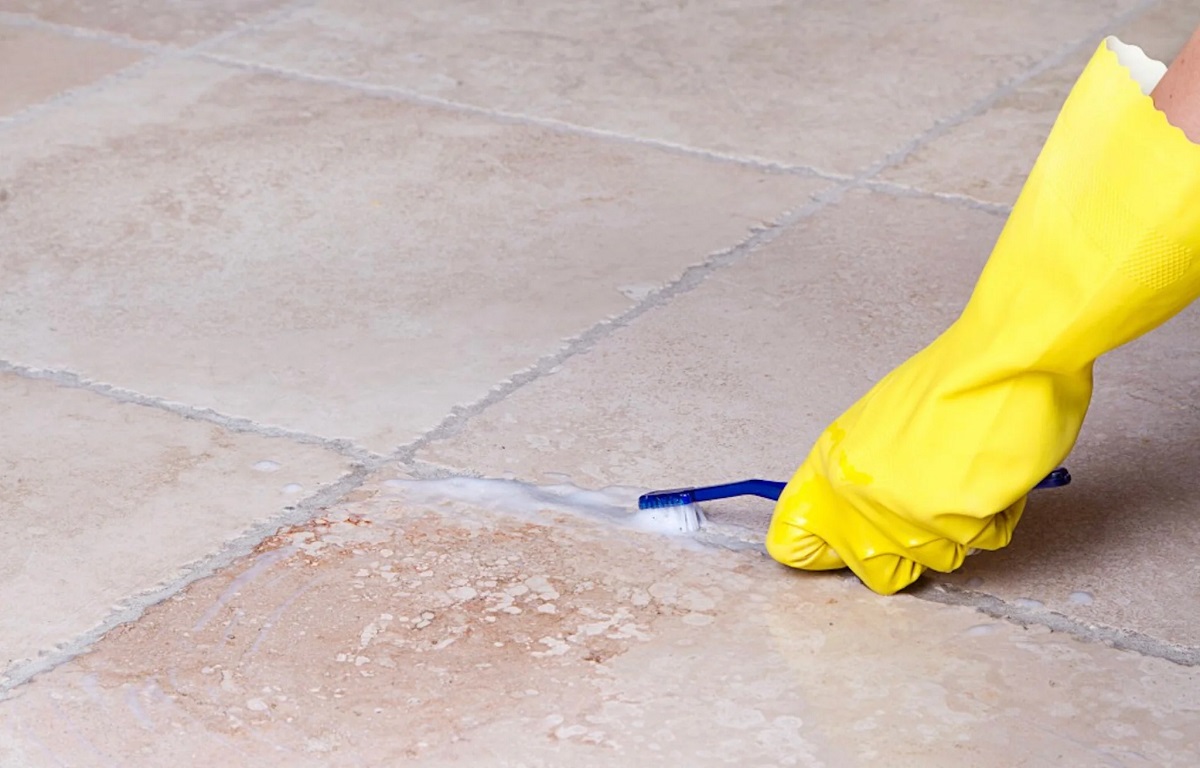
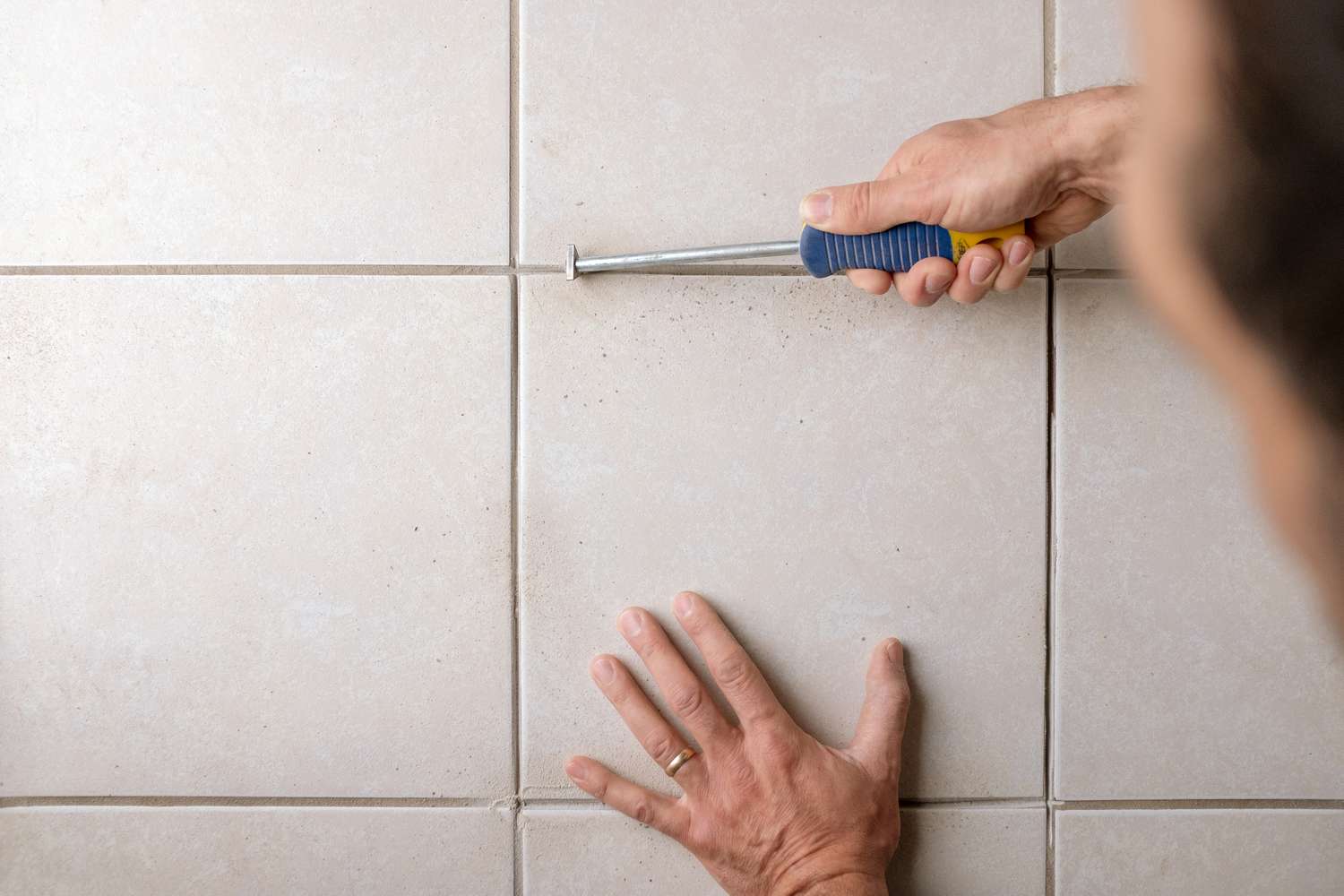
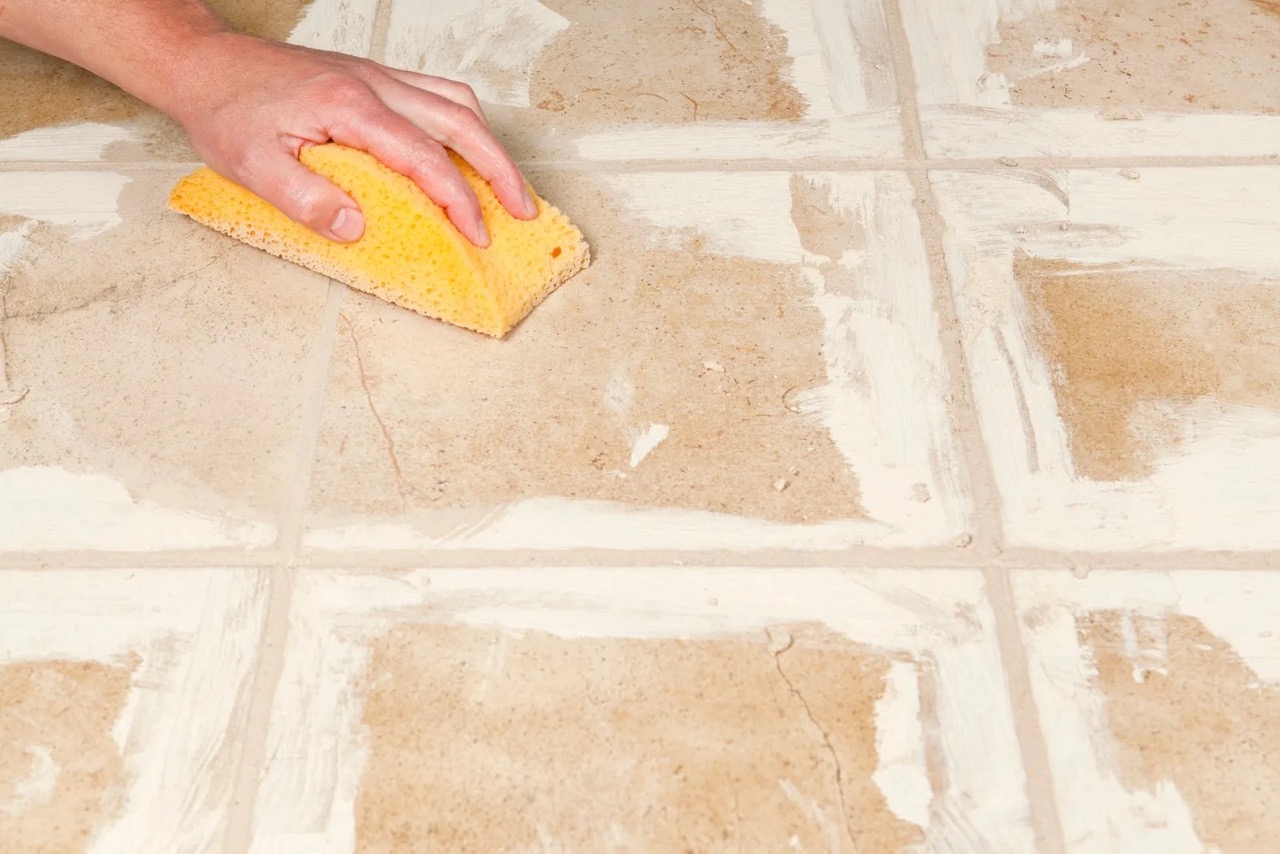
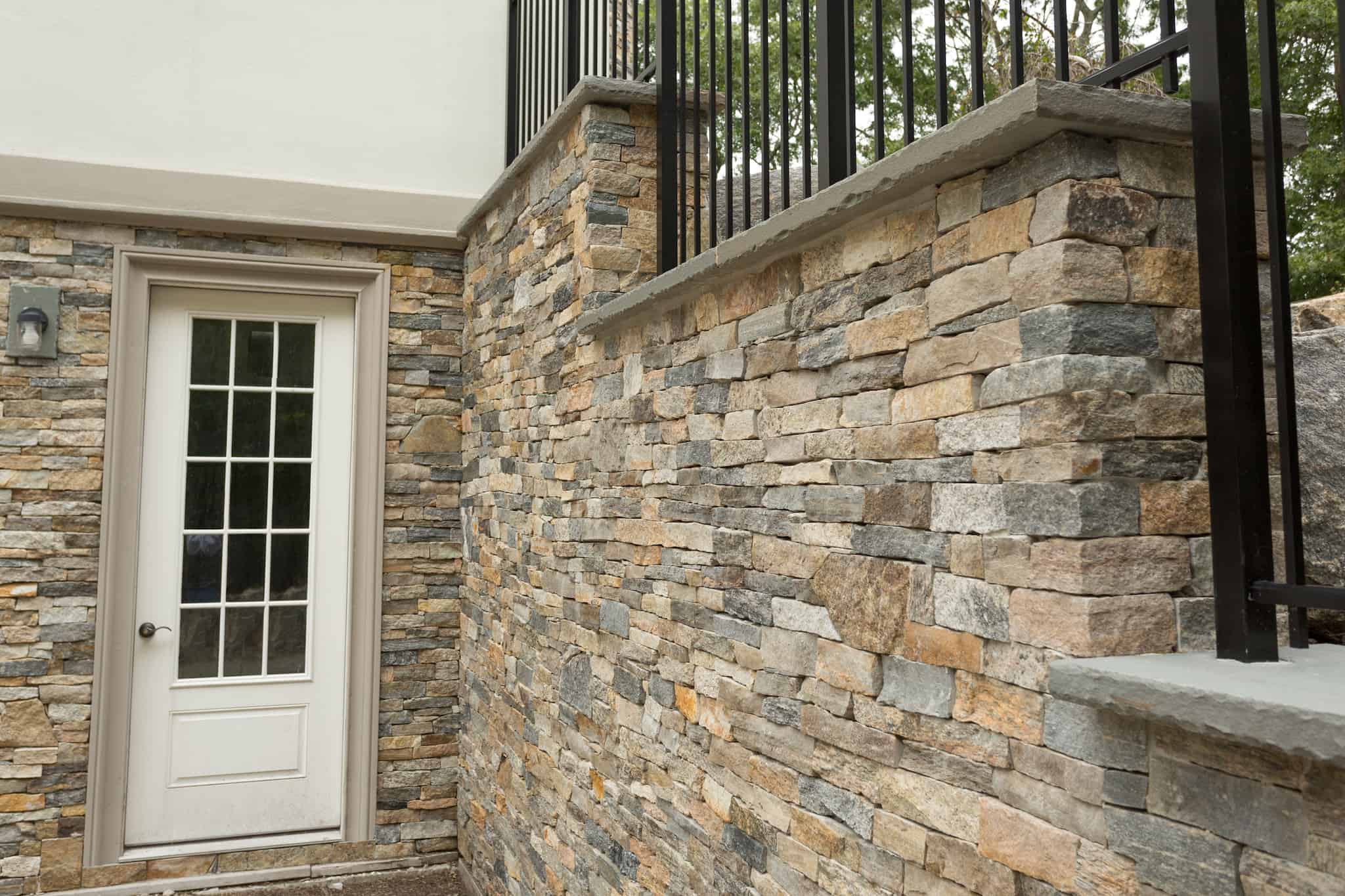
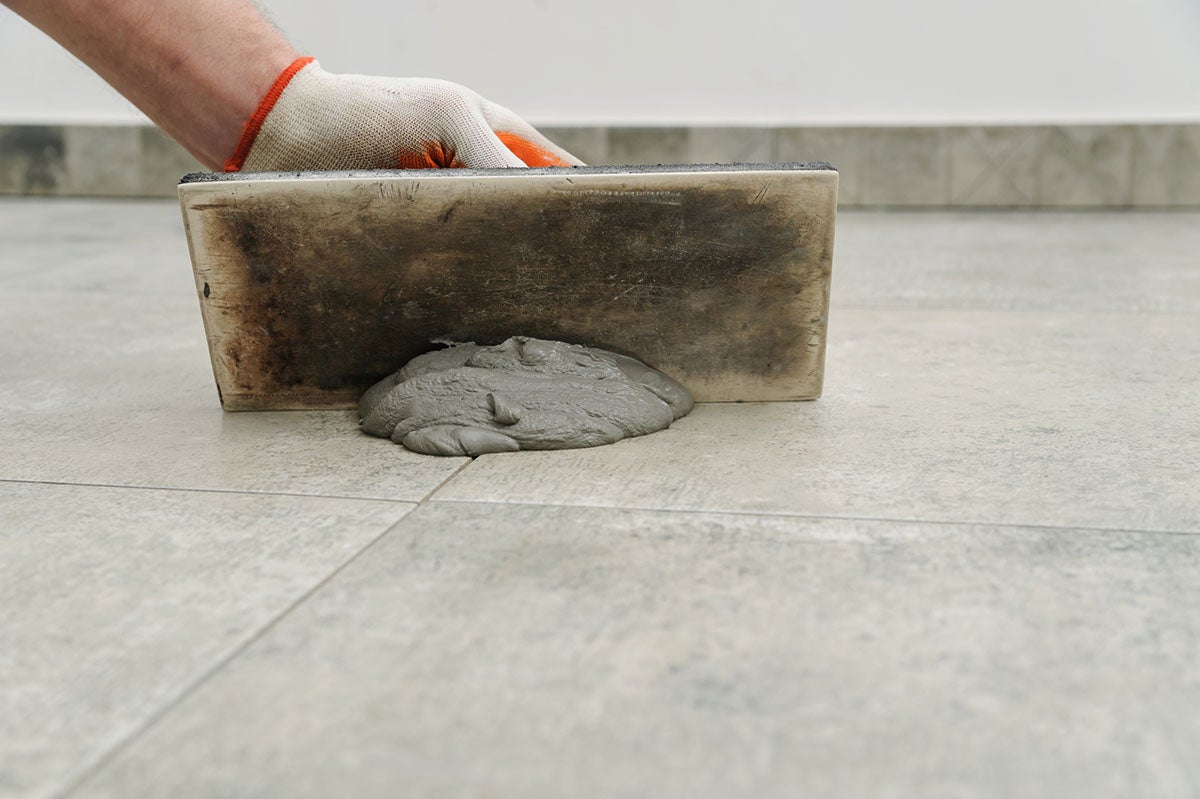
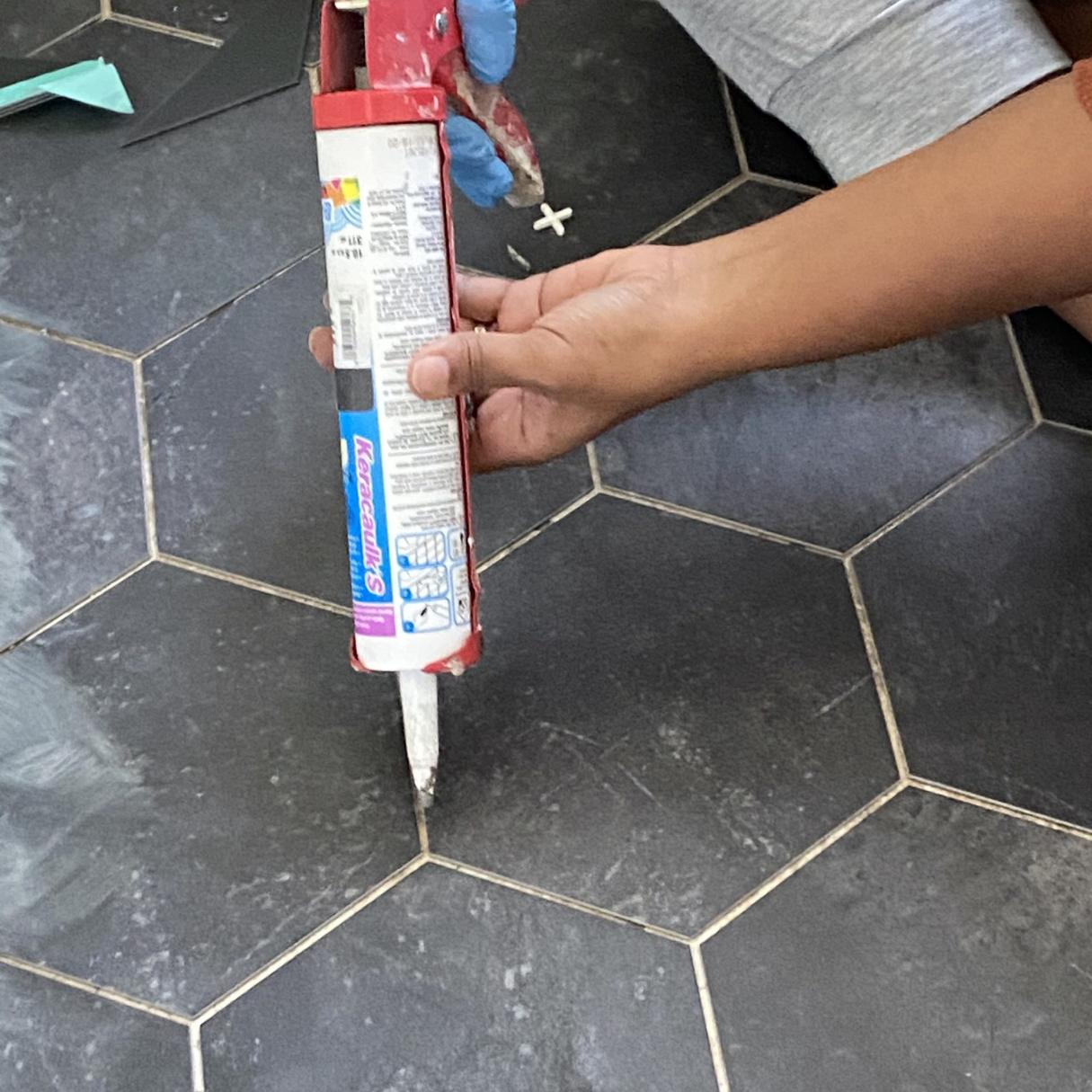
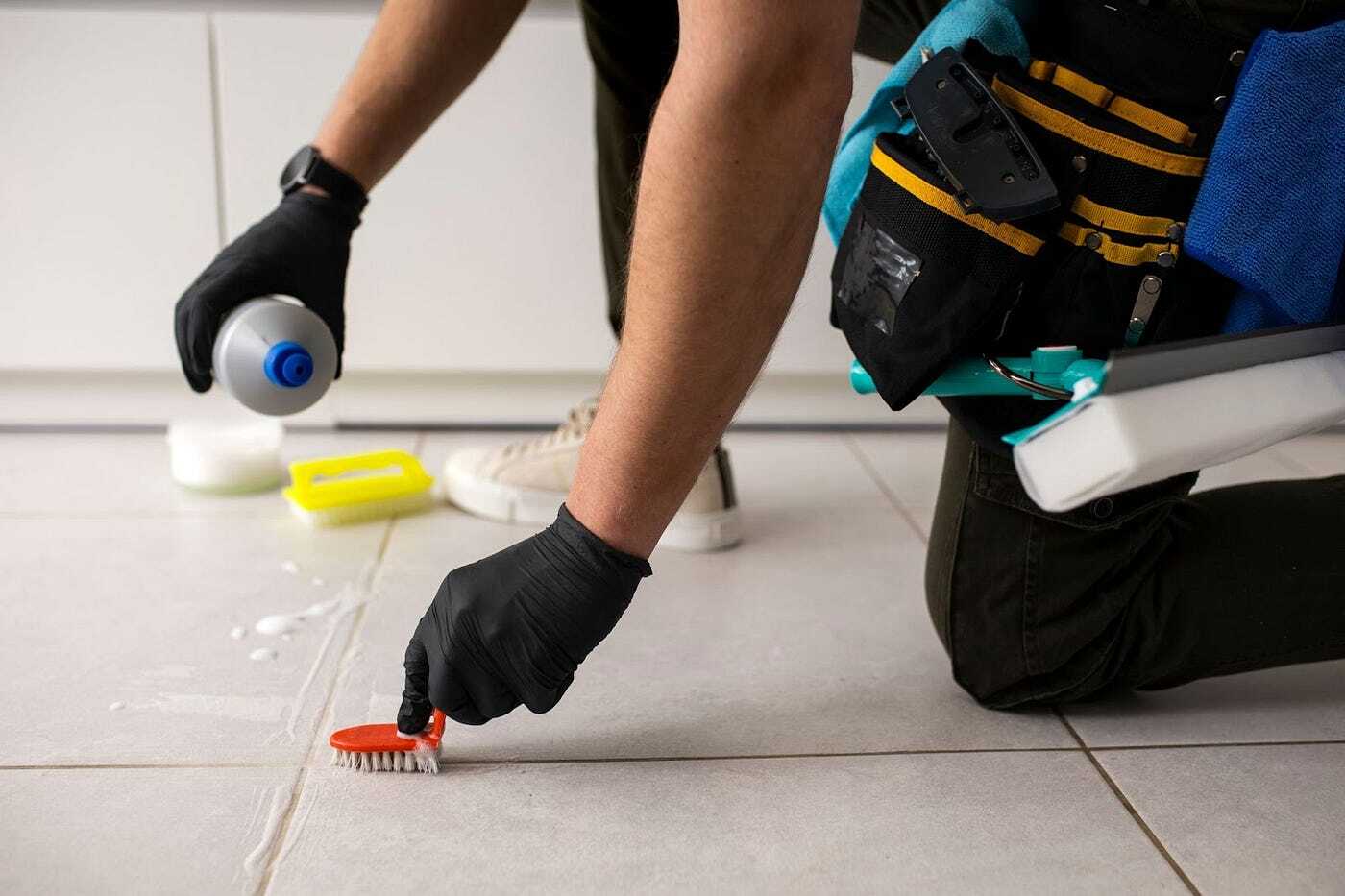

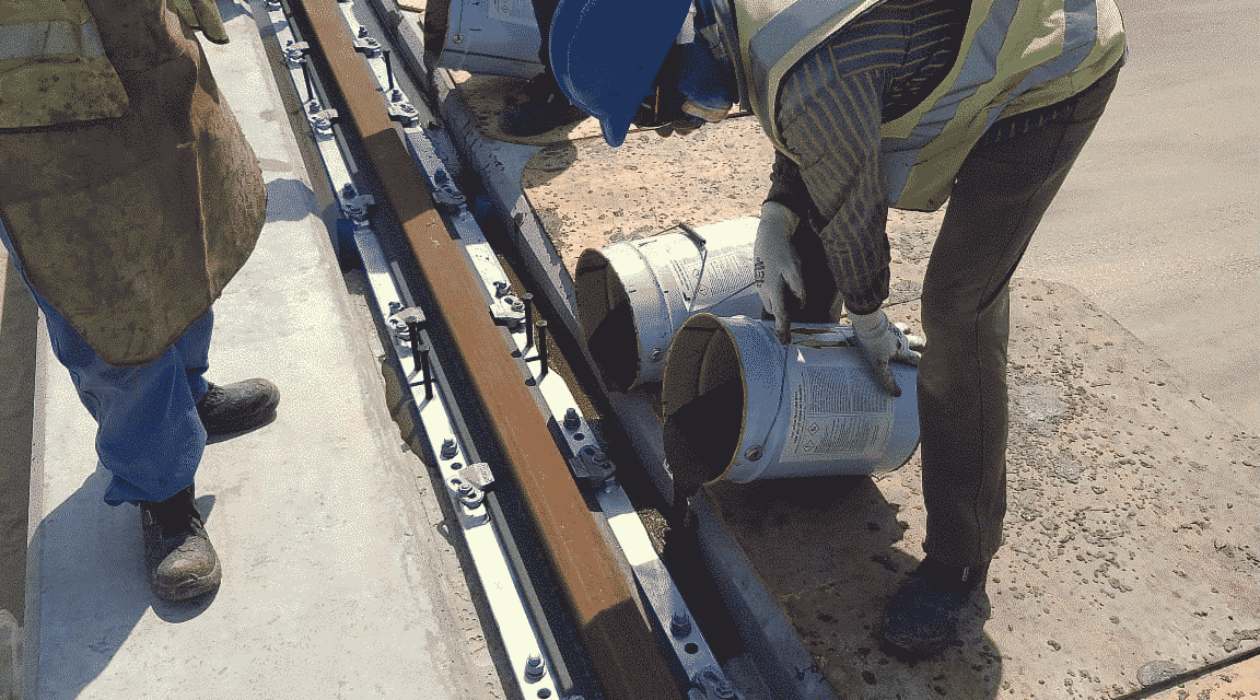
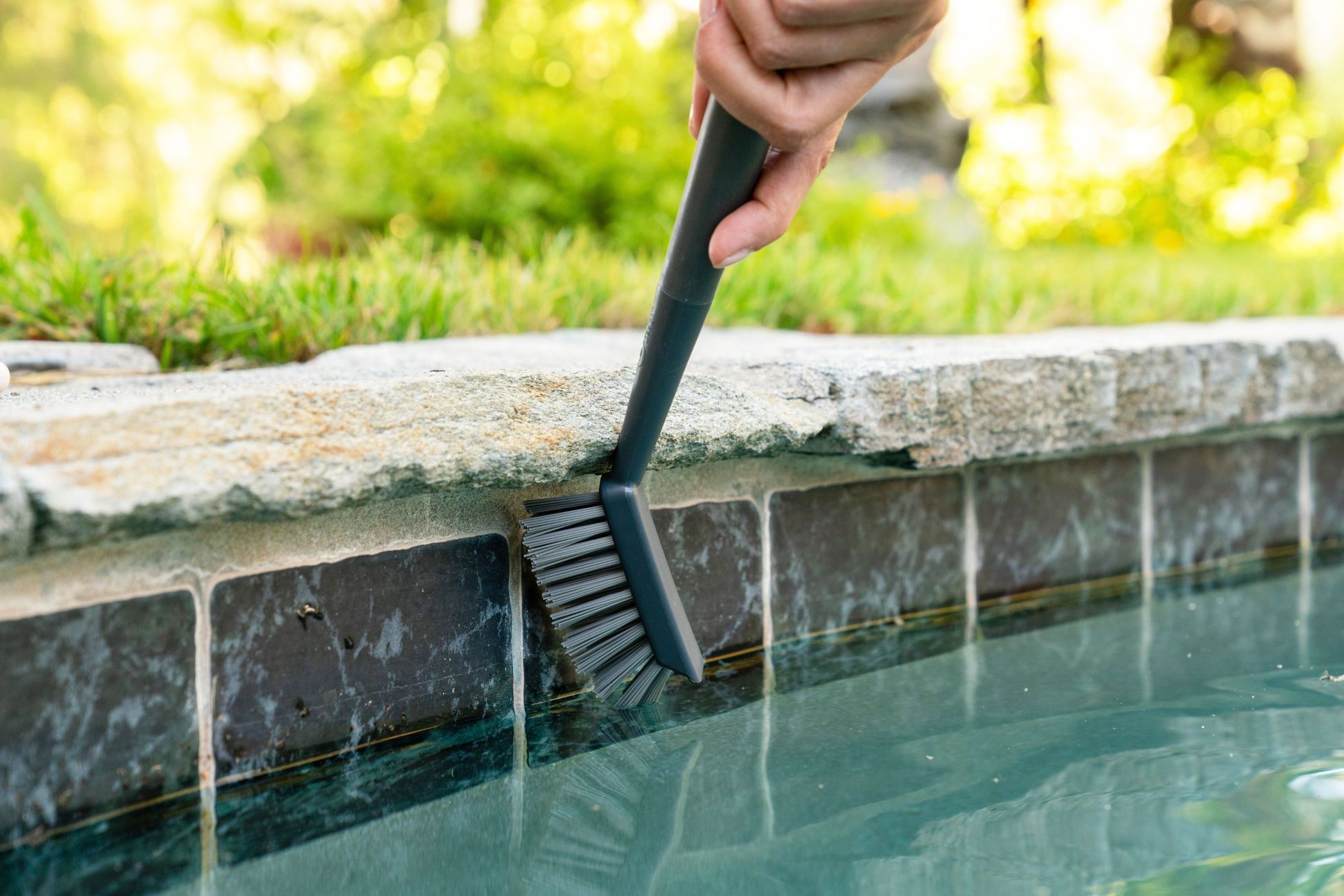
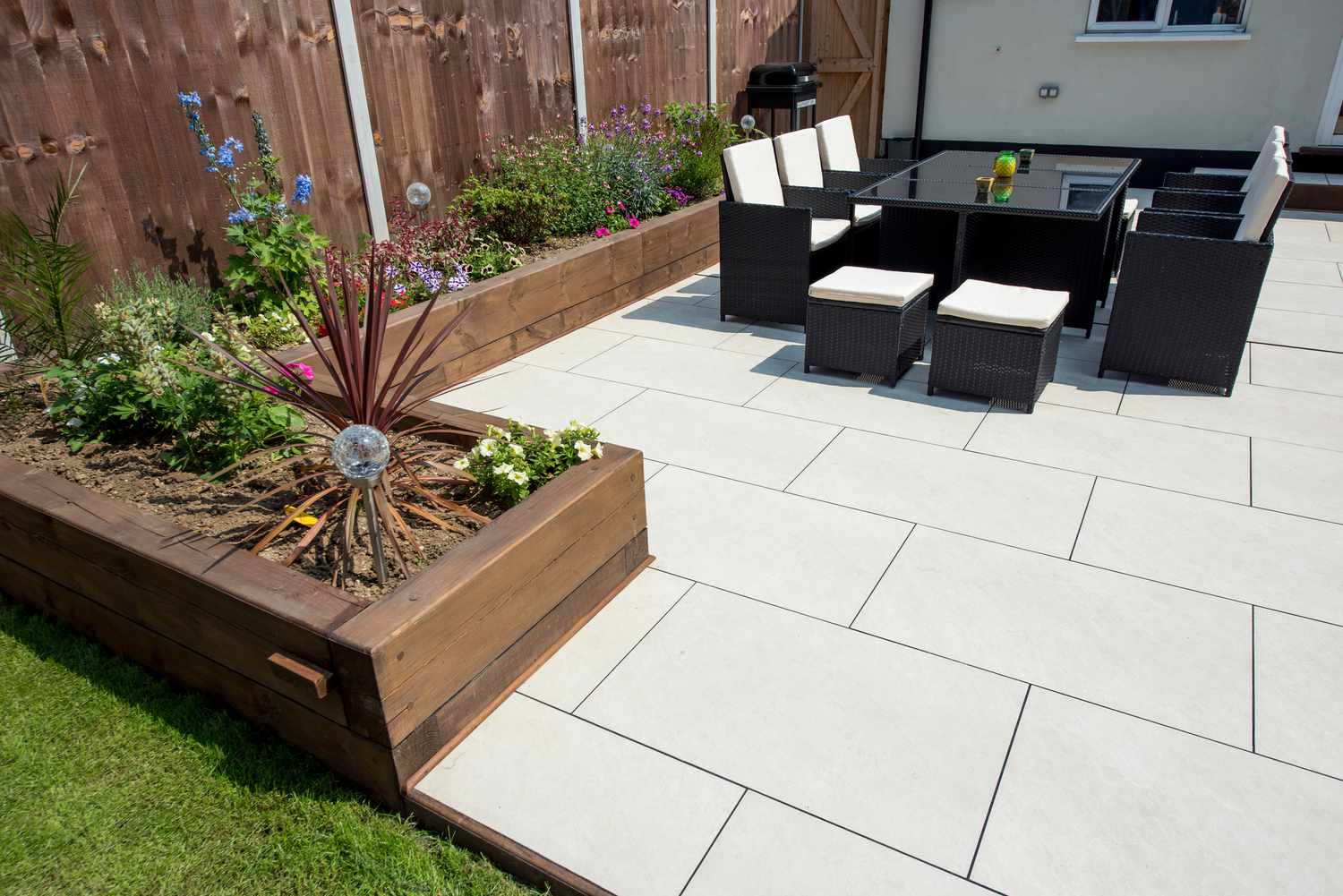
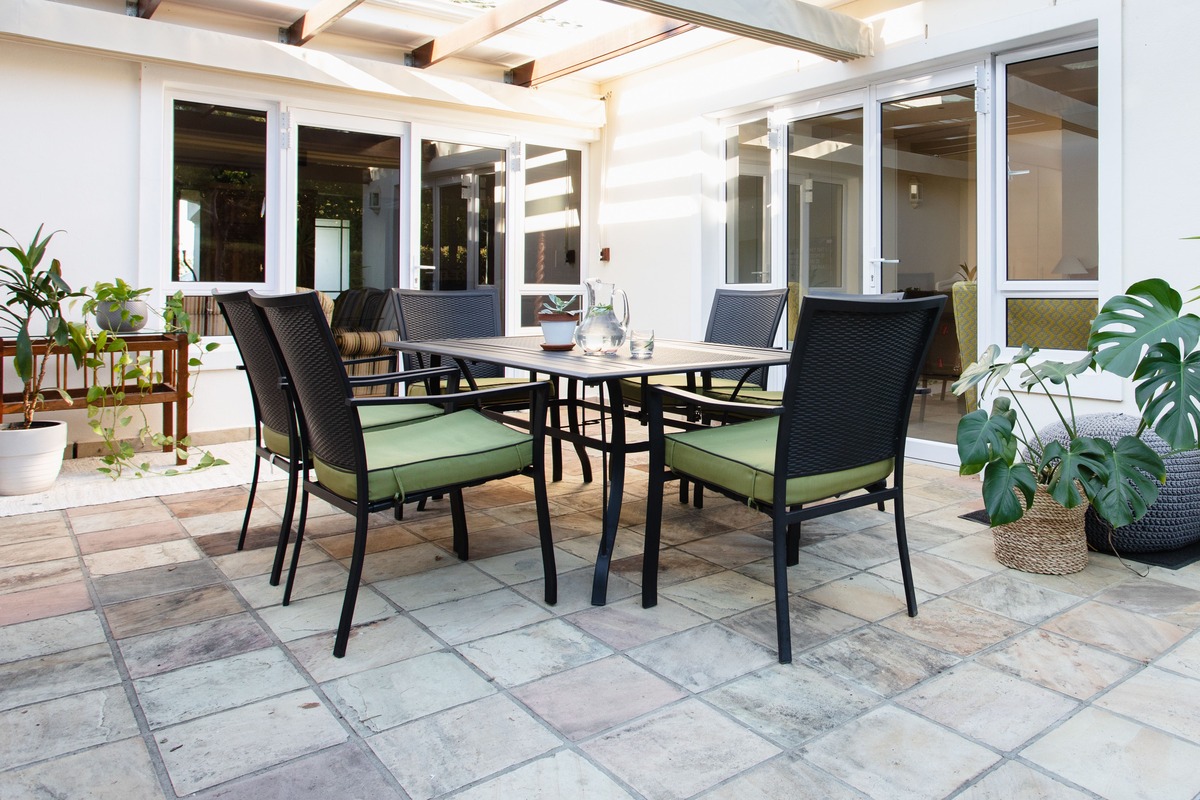

0 thoughts on “What Grout To Use For Outdoor Tile”